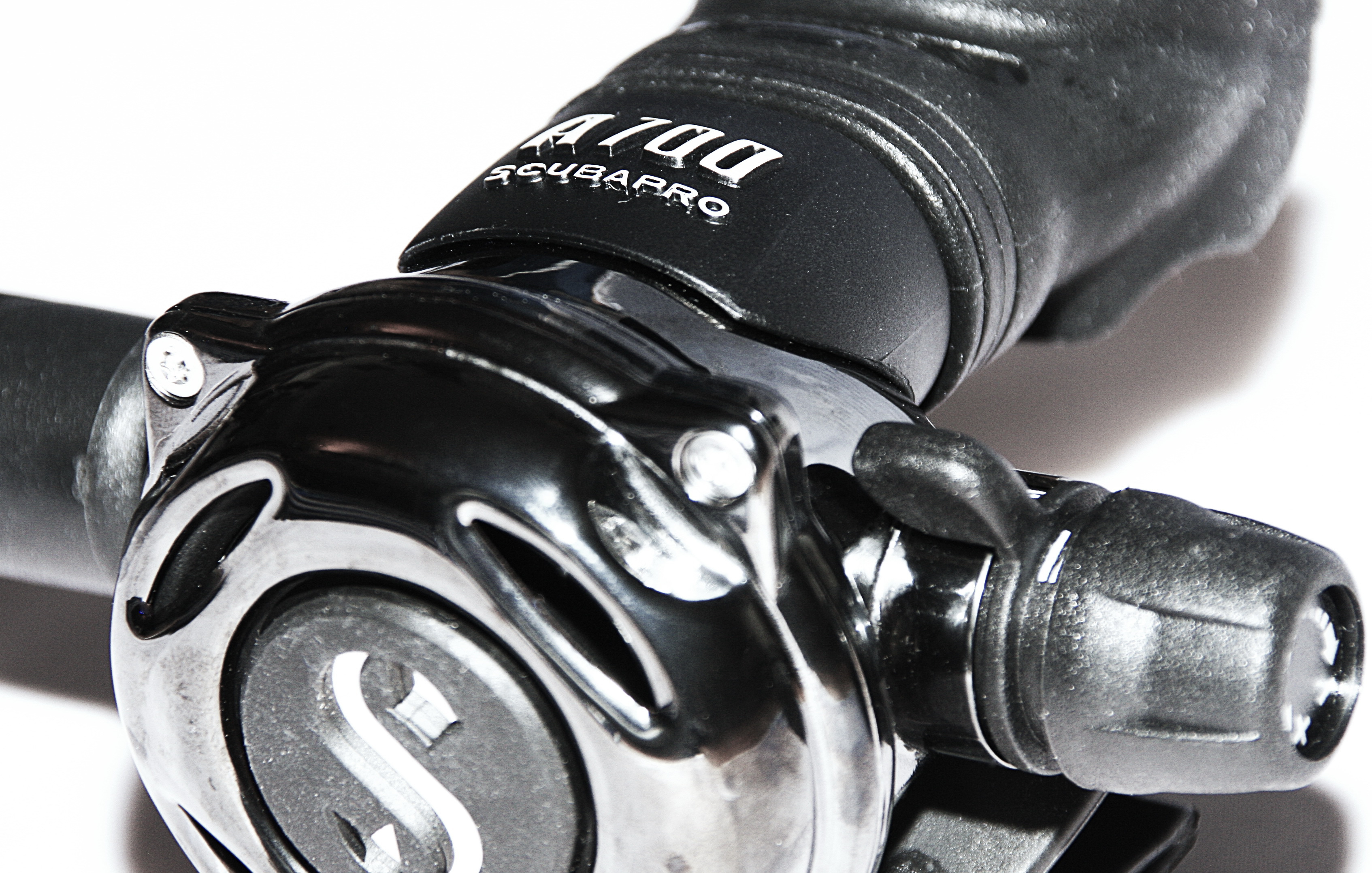Thank you for resurrecting this dormant thread!
Well, there's a lot to unpack in your post, and this NEDU data plus Achim Schloeffel's test gives us some more to go on.
I'm hoping an engineer with expertise in gas flow can weigh in.
There are several variables I now see at play in trying to compare surface tests to an ANSTI loop:
What is the "x" factor to be applied to RMV in order to equate it to a surface test?
Reynold's numbers, gas viscosity and frictional components all play a role. While 62.5 lpm RMV is equivalent to 1177 l of gas at 1 atm, I'm not sure we can just run 1177 lpm thru a reg at the surface and look at our inhalation resistance and Venturi effects.
But the coolest info (for me, at least) in the NEDU chart is your peak flow data!
To know that 62.5 lpm RMV (which is an average of 1.04 l/s) actually has a peak flow more than three times as large(3.27 l/s) now puts a max slope on that sinusoidal curve. That validates my "back of the envelope" calculations in which I suggested that 80% of the RMV
inhalation flow was accomplished in half of the inspiratory cycle, or 1/4 of the total cycle. And 62.5 x 0.8 x 4 is 200 lpm peak flow, or 3.33 l/s. So far, so good.
You have added a whole new wrinkle to the argument, however, in pointing out the diminishing gas expansion at depth! Venturi flow augmentation is a function of delta-pressure. And as you correctly point out, that changes drastically between the surface and 100 feet.
Gas at 150 psi
absolute IP at the surface (135 + 14.7 psi) goes to 14.7 psi at the second stage valve, which is an expansion of 10:1 that generates its own velocity wholly apart from inhalation flow.
However, gas at 195 psi
absolute IP at 100 feet (135 + 60 psi) now only has an expansion of 195/60, or 3.25:1. That's much less expansion velocity.
As you so nicely point out, on one side we have diminishing expansion velocity, suggesting reduced Venturi effectiveness.
On the other side we have 4x as many molecules passing through the system, which might (depending upon Reynolds numbers and stuff I know little about) tend to augment Venturi effects.
If the two cancel each other out exactly, then you could use surface flow tests (and the measured inhalation resistance,
a la Pete Wolfinger) to approximate regulator performance without a $500k ANSTI machine. The CSTF machine mentioned above suggests a rough equivalence between 1000 lpm and 62.5 RMV at depth. But despite talking with them on the phone, I could never convince DiveLab (
You are being redirected... ) to do some ANSTI tests at increasing depths up to standard test depths, in order to quantify this.
If the two don't roughly cancel each other out, or if there's a whole 'nother factor I haven't considered, then Pete Wolfinger's "A.I.R. Test" in Regulator Savvy is irrelevant (and a lot of testing on my part has been a waste of time).
Like I said, I wish we could get a gas engineer into the discussion.
But congratulations on introducing the relative gas expansion factor into the Venturi discussion,
@Michelle Louise !
Now I have to go find that YouTube video from Schloeffel. Maybe there's more data than in the attachment. His little article touting 2200 lpm gas flow didn't specify what gas he was using!! So the contribution of gas density to the Mk25EVO/A700's performance is unknown (air wasn't listed on his list of gases for the test, although he did say "2200 liters of
air").
Oh! And the next Regulator Geeks will probably be on the Poseidon designs. IMO, the XStream is perhaps the finest diaphragm design in the world.
View attachment 826887




